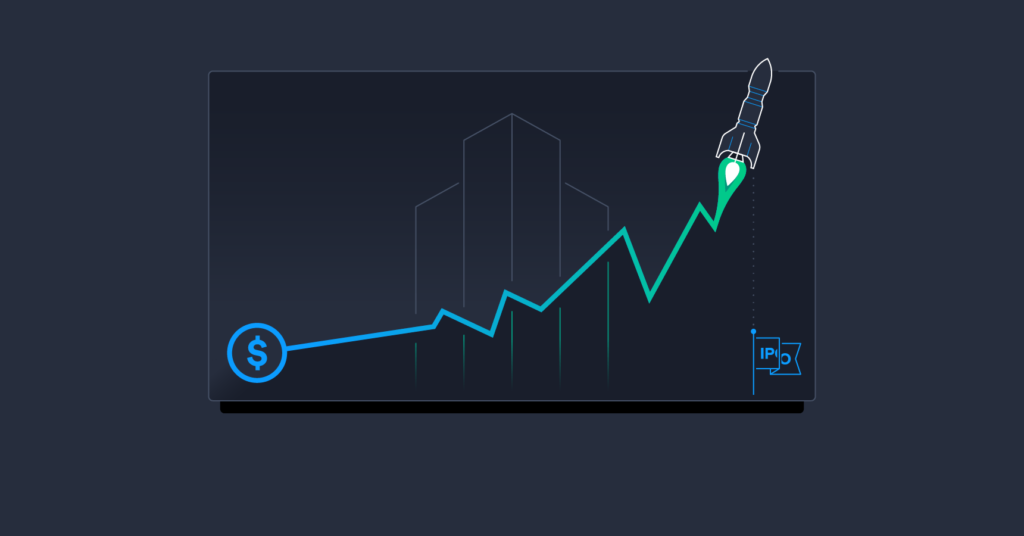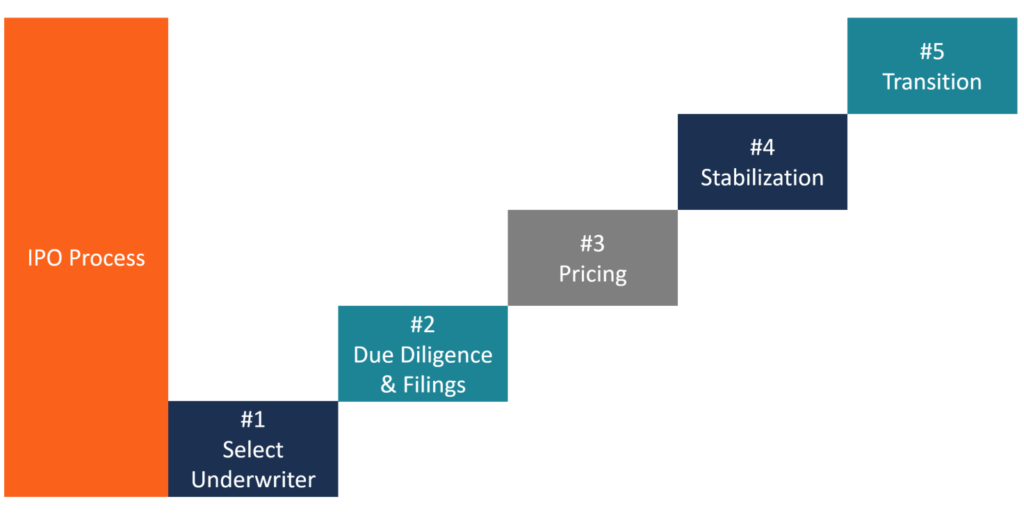
How to Invest in Unlisted Companies?
Listed shares, which are regulated and monitored by the SEBI, are reliable, safe, and convenient for trading stock marketing. However, investing in unlisted shares can also allow you to take advantage of better opportunities and generate attractive returns.
However, there is a possibility that the Securities and Exchange Board of India (SEBI) will relax its regulations on these unlisted shares. Understanding what “unlisted shares” actually mean is essential before learning how to invest in them.
What are Unlisted Shares?
A financial instrument or security that can be traded in the over-the-counter (OTC) market is an unlisted share. Because they are unable to meet specific requirements like market capitalizations and listing fees, these unlisted shares generally cannot be traded on any formal stock exchanges.
Therefore, prospective investors in these unlisted businesses must approach other vendors.
How to Trade in Unlisted Stocks?
Before investing, it is essential for investors to conduct in-depth research on the company. It is essential to conduct technical and fundamental analysis and obtain insights in order to make investment decisions, particularly in the case of unlisted shares. You can get in touch with us right away if you have any questions, and we will help make your journey through trading easier.

By Investing in Start-ups and Intermediaries
Some businesses are pre-IPO firms because they intend to be listed on the trading stock marketing in the near future. Demit accounts let investors invest in pre-IPO companies without having to use stock exchanges. All you need is a reliable intermediary who is able to close the deal without causing any issues or exposing you to trading risks.
An alternative strategy is to invest in unlisted start-ups that are doing well right now but might not be noticed. An investor can then forecast future profits and make investment decisions based on the financial statement and market survey.
By Purchasing Stocks Directly from Promoters

You can find the share prices of an unlisted company by asking your financial broker or an experienced investment banker for assistance. These financial institutions regularly provide updates on upcoming IPOs and are well-versed in the Trading stock marketing.
As a result, they might be able to assist you in finding the best unlisted business to invest your hard-earned money in so that you can get good returns both now and in the future.
Additionally, these financial institutions can assist you in making direct contact with the promoters of the business. You might be able to get a list of unlisted businesses in India for 2021 and 2022 from these promoters. Private placements are the name given to these kinds of deals.
Purchasing ESOPs Directly from Employees
Shares are sometimes included in employees’ wages from pre-IPO listed businesses. In order to quickly raise funds by selling their shares, these employees connect with brokers. As a result, these brokers can help you buy securities and connect with employees of unlisted companies.
It is one method for purchasing shares in prominent Indian unlisted businesses.
Investing in AIF and PMS Schemes & Pick Up Unlisted Shares

Portfolio management systems, or PMS for short, are investment portfolios managed by professionals. Here, the portfolio manager makes smart adjustments to the ratio of equity and debt instruments based on your desired financial plans. One can incorporate risky but profitable unlisted shares into their investment strategy through PMS schemes.
Because of the following, it is a much safer option than direct purchasing:
– One has the chance to spread risks among the portfolio’s components.
– Based on how well the stocks have performed, the portfolio manager adds and subtracts stocks.













